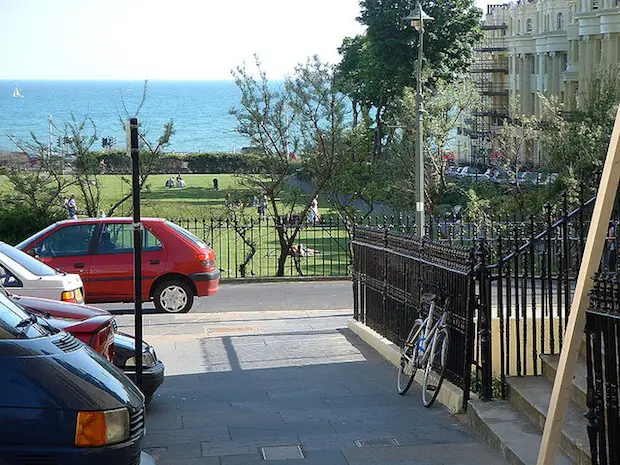How Sustainable Transport Systems are Gaining Momentum in Cali, Colombia
With a population of nearly 2.5 million, Cali is ranked as the third biggest city in Colombia after Bogotá and Medellin respectively. It was the third city in the country to implement a bus rapid transit (BRT) system, called MIO. Its Phase One opened in February 2009 to public excitement and fanfare after many months of delays.
Public transport before MIO’s implementation was characterized by traffic congestion, polluting emissions, drivers fighting for passengers, low efficiency and very high accident rates. A 42% percent oversupply in the bus fleet meant that 23,156 buses overran the streets. Cali’s proximity to the Buenaventura port, the country’s most important on the pacific coast, makes the city an important trade center and home of several multinational companies. But for this economic hub, the inefficient transport system was costing too much.

In the 1990s, initial proposals for improving transport were developed, favoring a light rail transit (LRT) system for the city, which would have limited overall impact due to its restricted coverage and high costs. By 2000, in part due to the successful opening of Bogota’s BRT system, TransMilenio, a national debate was held about the costs and benefits of LRT compared to BRT in terms of capacity, efficiency, financially and equity. As a result, the Colombian government decided to build BRT systems for cities of more than 600,000 inhabitants with an initial short list of 8 cities, of which Cali was part.
Cali’s MIO Phase One opened in 2009, with 220 articulated buses running through a 36-kilometer long network of exclusive BRT corridors. Today, MIO is meeting about 87 percent of the city’s public transport demand, and is carrying 510,000 passengers a day on its clean technology fleet of 858 buses. Of these, 190 are articulated, 508 are padrones (13 meters long buses with double doors on both sides), and 160 are feeder buses. The buses were manufactured at the Superior Polo factory outside of Bogota, which has also increased employment in the country.

This is just the start of the city’s comprehensive mobility strategy which seeks to improve public transportation by offering high frequency and quality service. The current Mayor of the City, Rodrigo Guerrero, has focused his strategy on recognizing the need to strengthen pedestrian and bicycle access to public transit specifically and throughout the city in general. Other public works set to complement the BRT project in the near future include public parks, art gallery stations and a 10-kilometer long bicycle path network, among other things.
MIO will fundamentally transform public transport in the city, making it more efficient and more enjoyable for the passenger. The route structure will be simplified from an existing 232 down to 81 routes. The fleet will be reduced from over 4,300 vehicles to 937, which will substantially reduce emissions and air and noise pollution. Overall, MIO has become one of the most exciting changes in Cali in a long time, and will substantially improve quality of life for citizens.
Andrés Jara-Moreno is a Political scientist specializing in international relations and conflict resolution.


